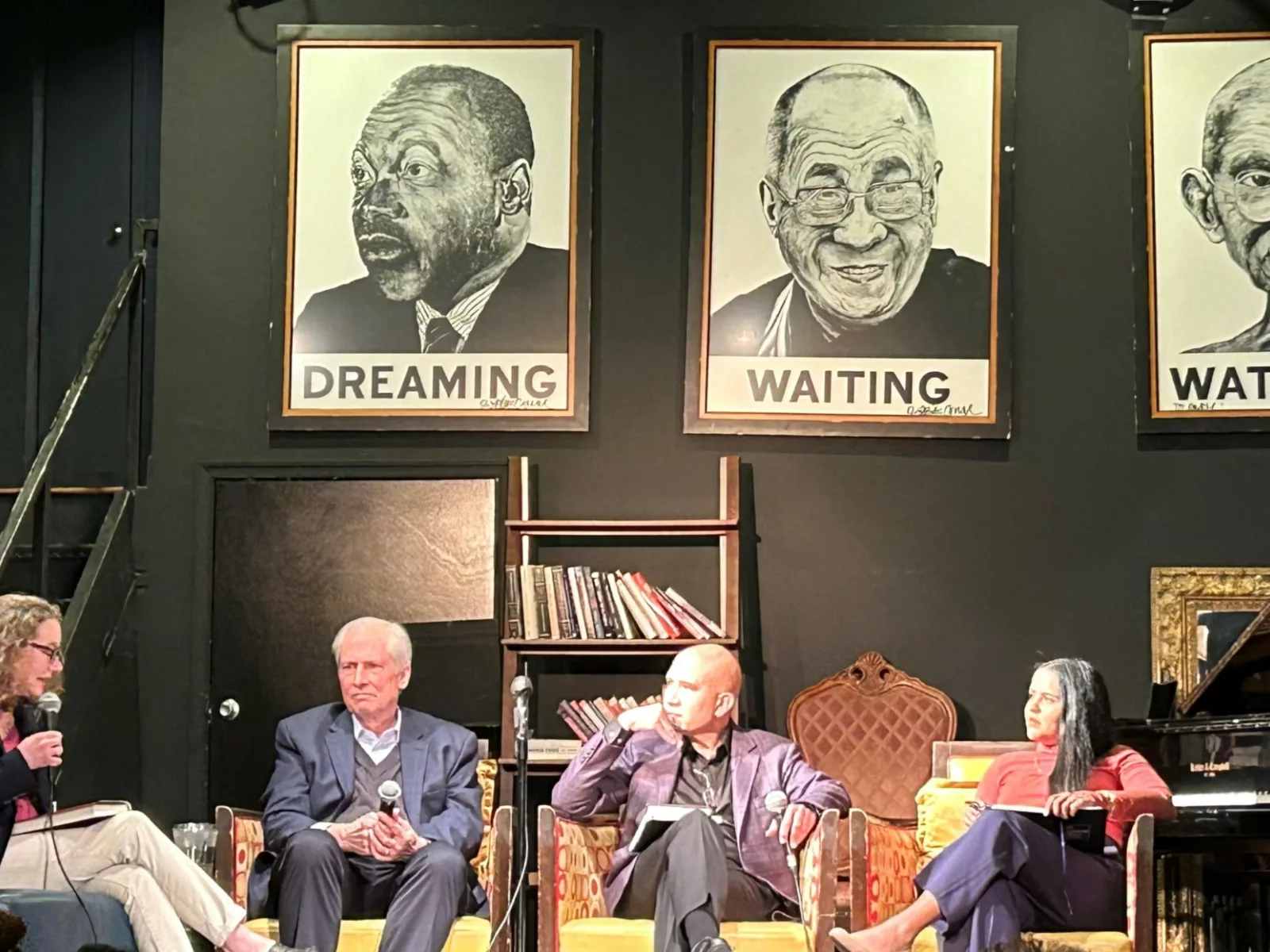In 2013, New Jersey embarked on a bipartisan journey to reform its broken and punitive bail system. Now, 10 years later, there is strong evidence that bail reform has succeeded in dramatically reducing the number of people in jail while maintaining community safety.
Prior to bail reform, around 15,000 New Jerseyans were incarcerated on any given day, with more than 75% just awaiting trial or sentencing. Moreover, 5,000 of these people were being detained solely because they could not afford to post cash bail. At the same time, more affluent people who posed a danger to the community could buy their way out of jail. In essence, the state was running a debtor’s prison, as Republican former Gov. Chris Christie put it.
Following bipartisan legislation and a constitutional amendment supported by 62% of voters, New Jersey essentially eliminated cash bail and instituted a risk assessment approach in which judges consider community safety and other factors before deciding whether to detain or release someone before trial.
Because of these reforms, the pretrial jail population decreased by 20% between 2015 and 2022. Over roughly the same period, the state saw a decrease in overall crime and a decrease in violent crime steeper than the national average. Moreover, the percent of people charged with a serious offense while on pretrial release remains extremely low, even amid a national rise in violence since the Covid-19 pandemic.
Read the full fact sheet here.




















